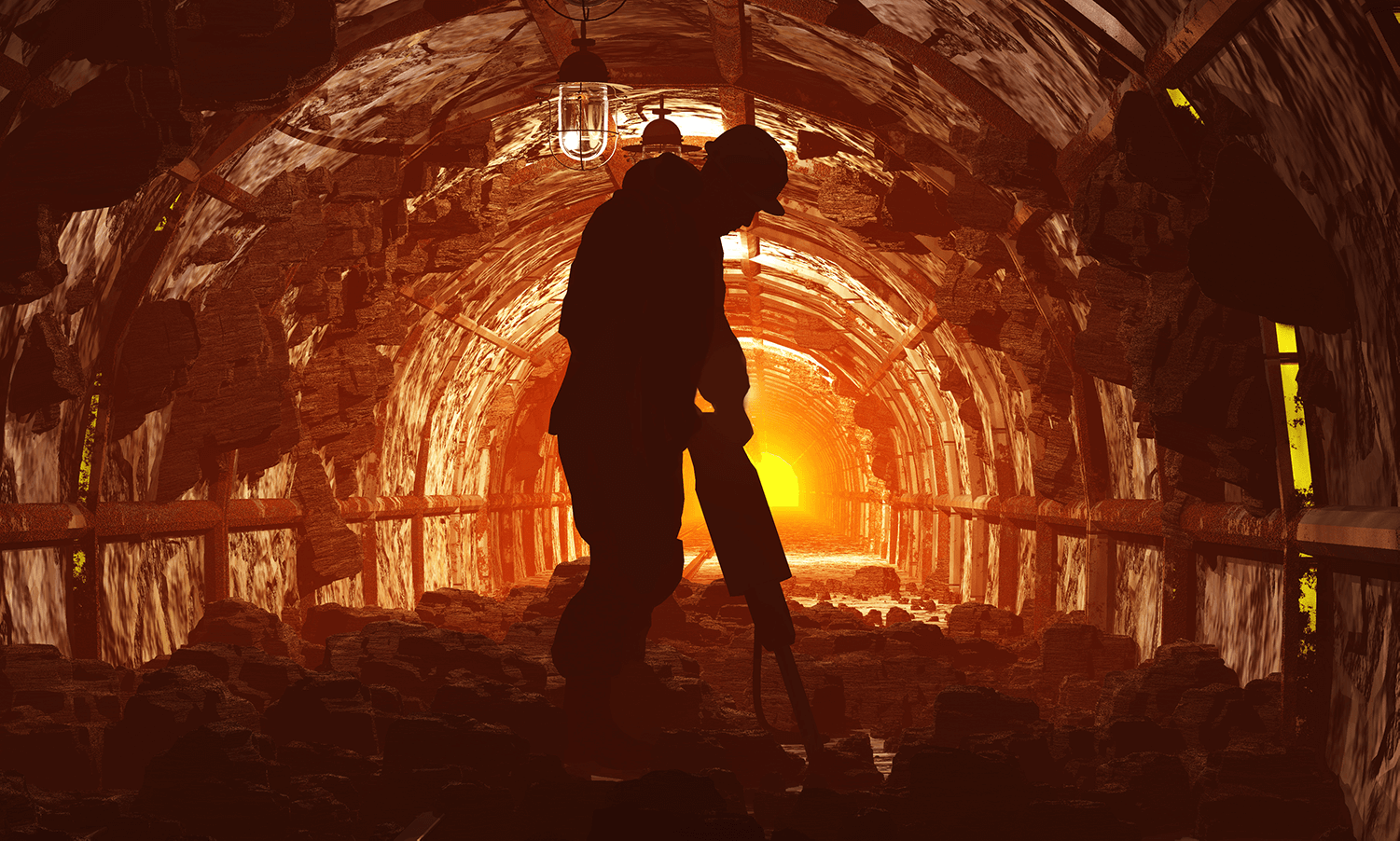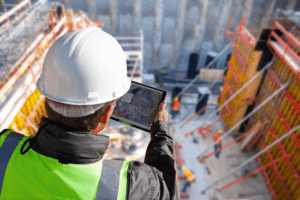10/11/2021—Despite numerous safety increases over the last 20 years, the mining industry remains one of the most dangerous areas to work in the United States.1 In the U.S., coal mining employs about 75,000 people, producing over 1.1 billion short tons of coal per year from both surface and underground mines. According to an article from the National Institute for Occupational Safety and Health (NIOSH), traumatic injuries resulting from machinery, powered haulage, and falls have long been identified as a significant problem for the mining industry.1 As new technology is unveiled, like CoRe Connected Resources BLE-enabled wearables, the safety of the mining industry is seeing abundant advances in worker protection and accident prevention.
According to a study by NIOSH, on average severe machine-related accidents, classified as struck-by or caught-in, accounted for 41% of all severe accidents at mining operations.3 With such a high number, it’s easy to see that constant and proper machine training and monitoring is essential to the protection of mining personnel. Ensuring that safety training is updated regularly, along with guaranteeing that employees are stringently trained to operate machines in their worksite, is essential. IoT technology, like that of CoRe, simplifies this task by tracking and updating employee training, providing administrators with visible data insight into employee capabilities. Should an employee lack training, administrators can identify this quickly and remove them from the machine or job site, to provide the training needed to increase their safety.
Wearables can also be used to oversee machine usage. Monitoring machine usage keeps workers notified when machines are being utilized, and thus specific safety practices should be enacted. Monitoring also provides administrators with real-time views of machines onsite, which can help prevent collisions and save on downtime costs, as machines can be powered down when not in use. Another added benefit is tracking machine maintenance. Heavy machinery requires regular upkeep to prevent site accidents, so accurate data in machine time usage can help ensure required maintenance needs are met throughout machinery lifetime.
Mining employees face one unique danger not seen often in other fields, the risk of collapse within mines. When this happens, employee monitoring is essential to ensuring employees are evacuated safely. CoRe badges provide emergency evacuation alerts, helping employees get to safety when time is of the utmost importance. Thanks to real-time location tracking provided by smart badges, site managers can track employees who have made it out safely in dangerous situations and provide visibility of employees who may have gone missing in a ground collapse, allowing for quicker emergency response and rescue. Employees can also use text alerts to reach administrators, should they be unable to evacuate or become lost in the mine.
Another danger for mine workers is lone work done on the job site. A lone worker is tasked with a job that keeps them separated from the rest of their coworkers, and in the field of mining this work can be particularly dangerous. In situations of mine collapses, getting lost within mines, or falls and machinery accidents while working alone, a smart badge can help alert management when help is needed. “Mine operators should have procedures in place so they can account for the whereabouts of every miner, at the beginning of the shift, while they are working and at the end of the shift,” Mine Safety and Health Administration (MSHA) Deputy Assistant Secretary Patricia Silvey said. “They should assess whether a particular task can be safely completed by a miner working alone, and always follow established communication practices.”4
This brings us to another key protection feature of Iot-enabled safety monitoring in mine work. With falls being a prevalent and serious worksite injury, in these situations fast action is essential. Smart badges, like CoRe’s smart badges, come with fall detection. Should a worker in the mine suffer a fall that renders them unable to alert management, they can rest assured that the innovative fall detection feature will send an SOS-alert directly to admins for proper and fast response when help is needed.
As mine safety continues to reach new levels of promise, CoRe Connected Resources is proud to be able to provide enhanced safety measures for these essential workers. With reliable data and real-time oversight, mine management and workers can take comfort knowing that their safety is being made a priority, and that help is always available when needed.
…
1 ISHN. (2020, November 5). Top 25 most dangerous jobs in the United States. ISHN RSS. Retrieved October 11, 2021, from https://www.ishn.com/articles/112748-top-25-most-dangerous-jobs-in-the-united-states.
2 Coal mine safety achievements in the USA and the … (n.d.). Retrieved October 11, 2021, from https://www.cdc.gov/niosh/mining/UserFiles/works/pdfs/cmsai.pdf.
3 Machine-related injuries in the US mining … – cdc.gov. (n.d.). Retrieved October 11, 2021, from https://www.cdc.gov/niosh/mining%5C/UserFiles/works/pdfs/mriit.pdf.
4Safety+Health Magazine. (2017, May 11). Deaths of lone workers prompt msha awareness effort. Safety+Health Magazine. Retrieved October 11, 2021, from https://www.safetyandhealthmagazine.com/articles/15632-deaths-of-lone-workers-prompt-msha-awareness-effort.
Maly, M. (2014, October 22). 7 safety tips to reduce mining accidents. Reliable Plant. Retrieved October 11, 2021, from https://www.reliableplant.com/Read/29927/mining-safety-tips.
Key wearable tech trends in the mining industry. MINING.COM. (2020, March 6). Retrieved October 11, 2021, from https://www.mining.com/key-wearable-tech-trends-in-the-mining-industry/.




